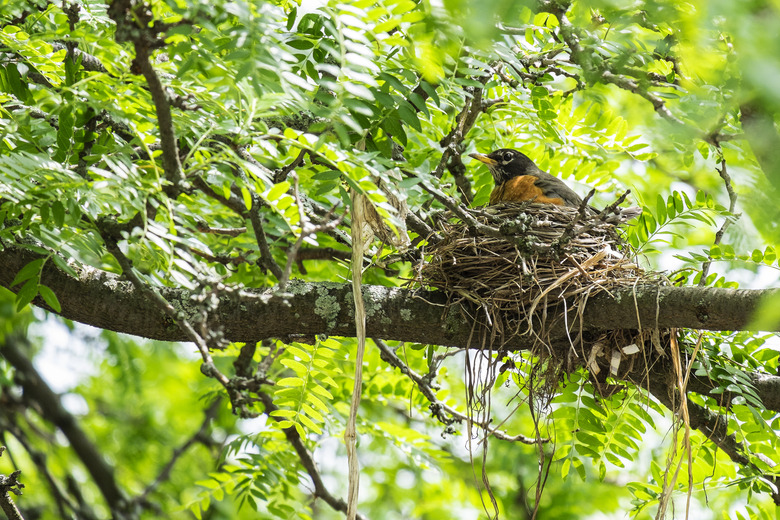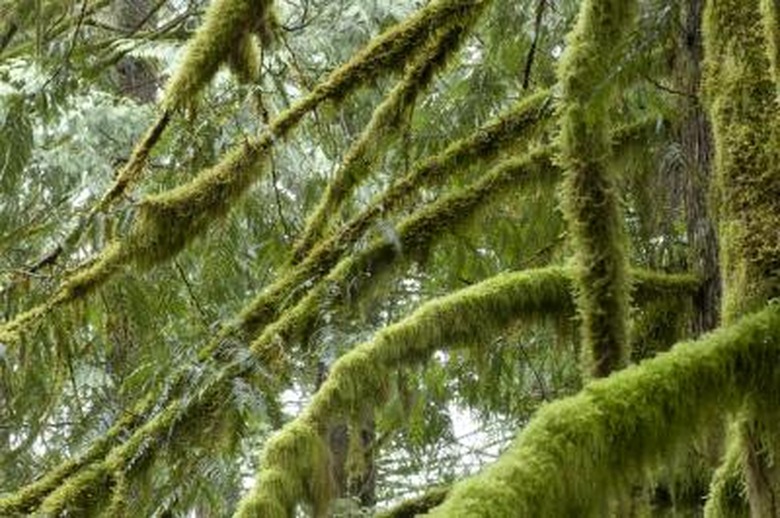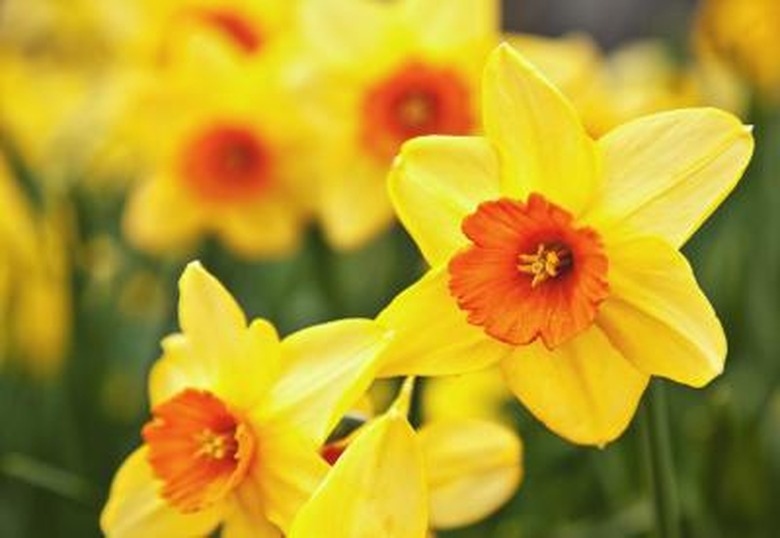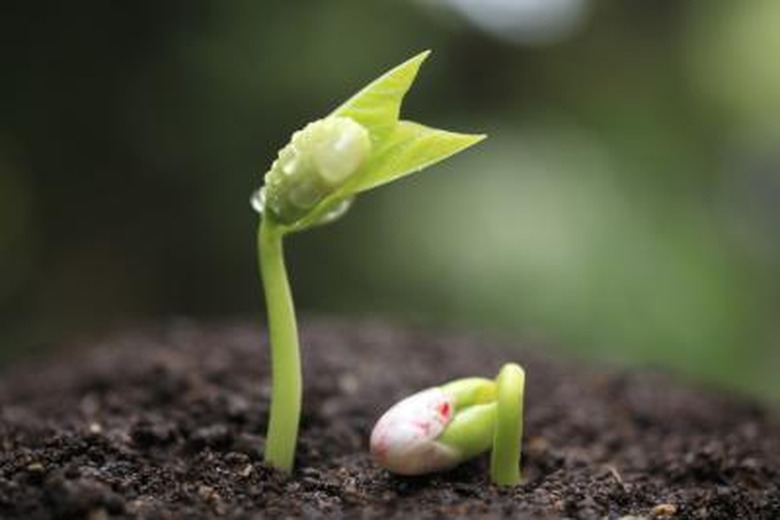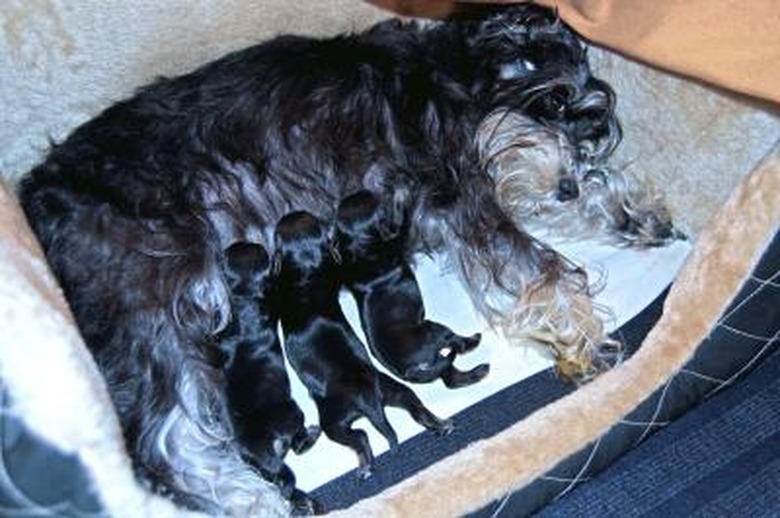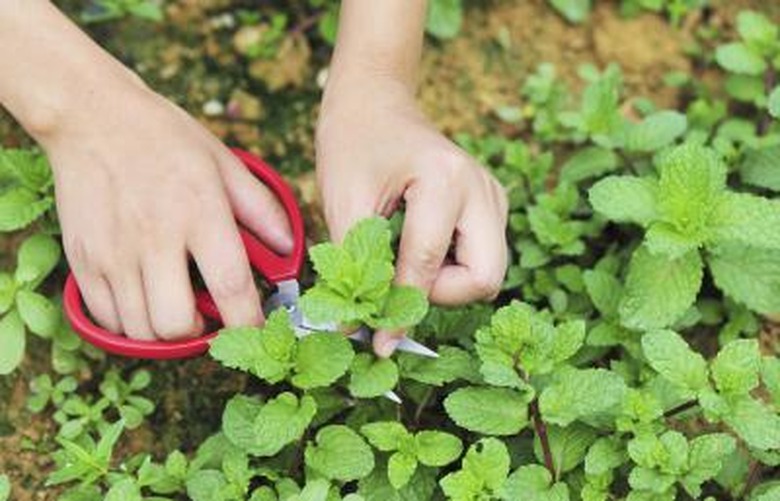Reproduction Of Plants & Animals
All plants and animals across the world reproduce in some way or another, as a way of bringing in new generations and slowly ushering in changes in the species. Some forms of copulation seem similar to humanity's mating processes — most, but not all, mammalian breeding, for instance — while others seem alien by comparison. For example, some species can reproduce asexually and, others like the egg-laying duck-billed platypus, buck the reproductive norms of their scientific classifications. Still, much of the reproduction across all species begins with the fertilization of an egg, and many of the species in the Kingdom Animalia raise their young to some extent.
Fertilization
Fertilization
The process of fertilization occurs in both plants and animals. There are, of course, differences in the details and mechanisms. On the other hand, some of the similarities are striking. For example, the moss plant has both swimming sperm cells and eggs. In the moss plant, fertilization occurs by the sperm swimming to the egg. Vertebrate animals also carry out reproduction by way of sperm and egg.
One of the differences between plants and animals in this regard is that plants are, for the most part, sedentary. The moss plant depends on rain or very wet conditions in order for the sperm to swim from the male parts of the plant to the egg in the female parts. In the case of animals, the male and female are mobile individuals that physically interact with one another in the process of mating.
Embryo Development
Embryo Development
Many plants have a structure called the ovary that is the counterpart of that in animals. In flowering plants, there are male and female flowers. Once the pollen from the male flower has been transferred to the female flower, the pollen fertilizes the egg. Once fertilized, the egg begins to develop into an embryo in much the same way that an animal embryo develops.
Germination and Birth
Germination and Birth
Whereas a vertebrate animal begins its life through exiting the mother's womb—either as an egg that must further develop and hatch, or as a newborn individual — in plants the new plant is "born" by germinating from the seed. In plants and animals, part of the maturation occurs during the embryonic stage, and the remainder occurs after birth and germination, respectively.
Maturation
Maturation
In both plants and animals, the individual matures to the point of being sexually mature and capable of reproduction. Once the animal is sexually mature, it can mate, or in the case of plants, carry out pollination and fertilization. This, in effect, completes the cycle of reproduction of plants and animals.
Cloning
Cloning
Although it occurs in animals often through artificial means, asexual reproduction is a common occurrence in plants. A shoot or a cutting from a living plant, whether placed in the soil artificially or through natural means, can often readily form new roots and grow into a viable new plant. When this occurs, the resulting plant is a genetic replica, or a clone, of the parent plant. In contrast to this cloning or asexual reproduction, in sexual reproduction genes are exchanged and the result is more genetic variability.
Cite This Article
MLA
Miller, Donald. "Reproduction Of Plants & Animals" sciencing.com, https://www.sciencing.com/reproduction-plants-animals-6404461/. 24 April 2018.
APA
Miller, Donald. (2018, April 24). Reproduction Of Plants & Animals. sciencing.com. Retrieved from https://www.sciencing.com/reproduction-plants-animals-6404461/
Chicago
Miller, Donald. Reproduction Of Plants & Animals last modified March 24, 2022. https://www.sciencing.com/reproduction-plants-animals-6404461/
